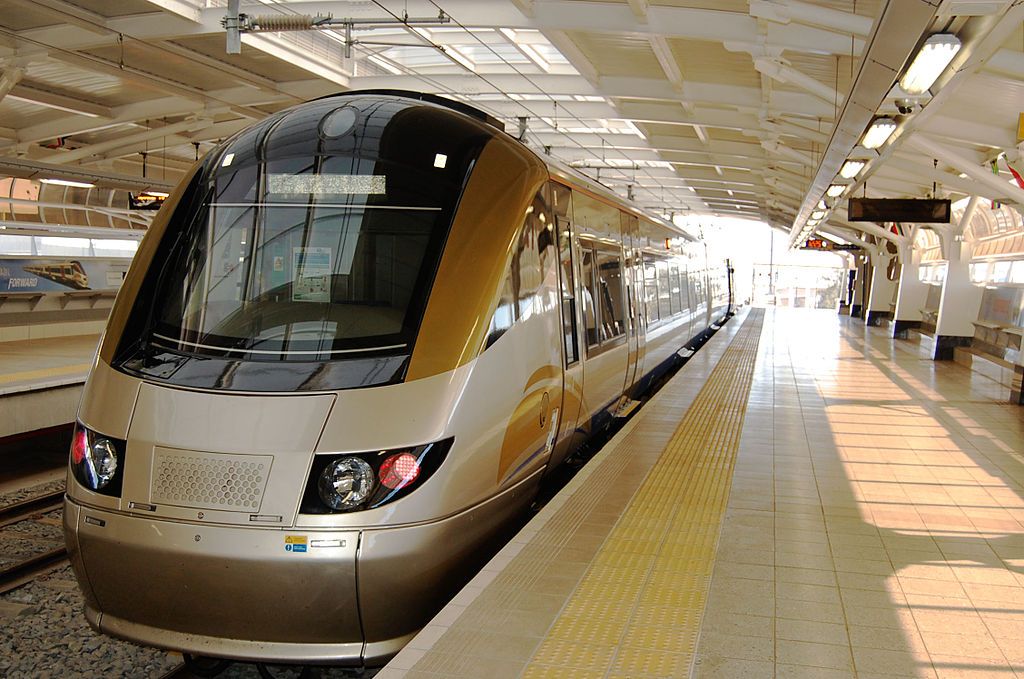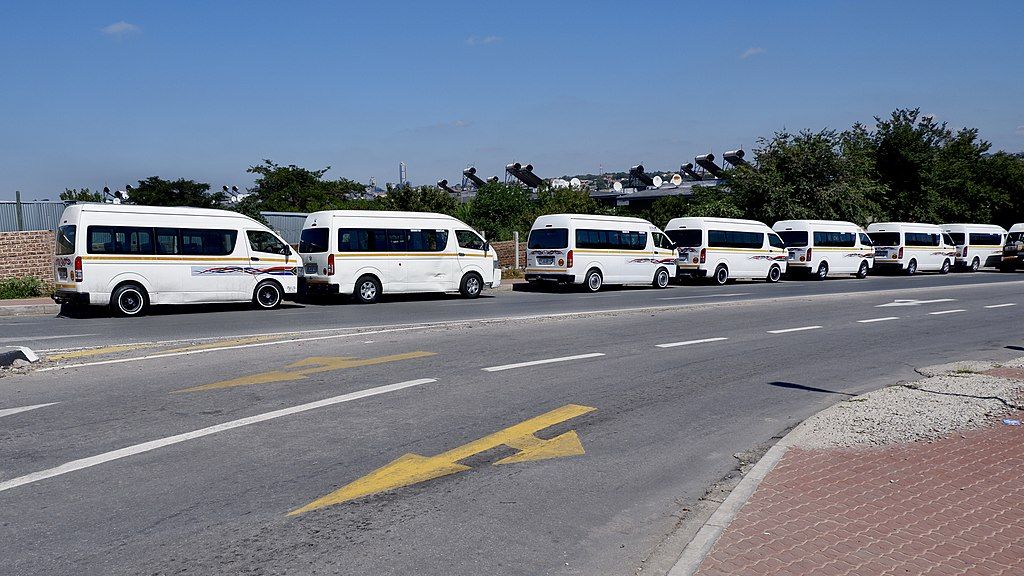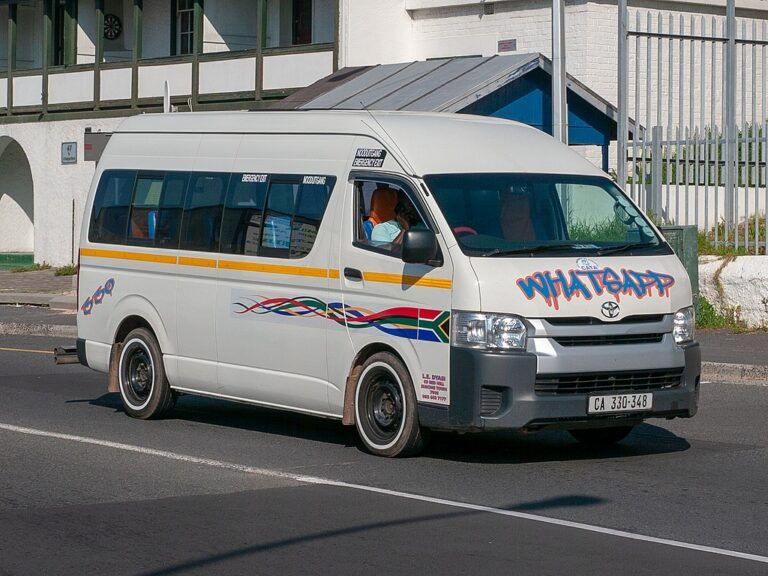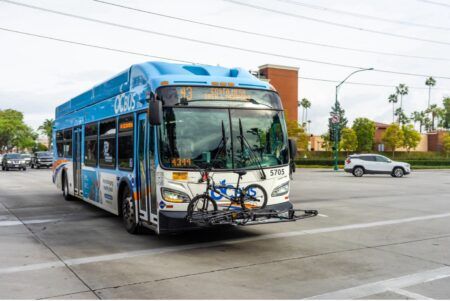 Devin de Vries, CEO and co-founder, WhereIsMyTransport – a mobility technology company that develops products to improve the public transport experience in emerging-market megacities, and delivers data services that inform industry leading clients – takes a look at rapidly evolving private minibus services that complement the public transport network in Gauteng, South Africa
Devin de Vries, CEO and co-founder, WhereIsMyTransport – a mobility technology company that develops products to improve the public transport experience in emerging-market megacities, and delivers data services that inform industry leading clients – takes a look at rapidly evolving private minibus services that complement the public transport network in Gauteng, South Africa
By many measures, Johannesburg brims with wealth. The richest city in Africa, it also attracts more tourists than any other city on the continent. Together with Tshwane, home to one of South Africa’s three capital cities, Johannesburg forms the core of the Gauteng City Region – South Africa’s richest and most populous urban area.
For foreign visitors moving around the area, travel is mostly in a private car or tour bus. The closest many tourists come to public transport is the, the gleaming new rail line that connects the airport to the urban centres in Johannesburg and Tshwane.
Yet for the city region’s 15 million people, daily mobility looks very different. Johannesburg and its environs have long attracted mostly internal migrants from other regions of the country, and the public transport system has worked to adapt.
 The gleaming new Gautrain is only a small part of the transit network in Gauteng, South Africa ©Nithin bolar k
The gleaming new Gautrain is only a small part of the transit network in Gauteng, South Africa ©Nithin bolar k
Public transport in Gauteng
The publicly run transport system in Gauteng consists mostly of buses, which suffer frequent breakdowns and delays. For commuters who depend on them, “frustration is very tangible on a daily basis,” says Jenny Puyo, who heads up data operations at WhereIsMyTransport.
There is no comprehensive subway system. The small commuter rail system runs old trains and suffers from underinvestment, making it of relatively limited use for most residents.
More important than the publicly run modes are minibus taxis, a network of tens of thousands of vehicles that covers the entire Gauteng city region. Nationwide, the network is used by 69% of households – far more than the publicly run buses and trains.
Impressively, minibus taxis are privately run and receive no subsidy, relying entirely on passenger fares that vary by distance. Short routes within Johannesburg cost just a few rand. Put it all together though, and minibus taxis make up “a massive business – 90 billion Rand (US$6.4 billion) a year, and the economy depends on them,” says Sebastian Dyantyi, partnerships lead at WhereIsMyTransport.
Public transport users can spend up to 2 hours commuting each day, traveling between the city and their homes in the suburbs. These travel patterns came about in part from standard urban economic patterns: rents tend to fall as you move away from the city center.
But in Johannesburg, as elsewhere in South Africa, apartheid’s legacy compounds the dynamics. Until the early 1990s, neighborhoods in the country were legally segregated by race, with those classified as “black”, “colored” or “Indian/Asian” typically relegated to far-flung townships. Those settlement patterns largely persist, with the burden of long commutes falling mostly on these same groups.

A quickly changing network in the era of Covid
In normal times, the dynamic minibus-taxi network shifts to meet changing demand. Routes aren’t centrally planned, but rather crop up to serve passengers where they want to go. As the population grows, private operators build up services accordingly, adding a line to reach a new housing development, or extending an existing one when a new shopping mall opens.
When the Covid-19 pandemic struck last year, Gauteng – like most places – changed nearly overnight. The minibus-taxi system responded.
Compared to 2019, as many as 30% of the province’s minibus-taxi routes changed in 2020. Operators reacted to falling ridership by merging some routes and extending others, allowing them to run fewer total lines while offering similar coverage.
To make up for lost revenue, operators also hiked fares. Initially, prices doubled, essentially obliging passengers to pay for two seats to allow for physical distancing.
Fares settled at around 10% to 40% higher than their pre-Covid levels, with variations across the province. With fewer passengers and no government subsidies, minibus-taxi operators have integrated the changes needed to continue to run their routes profitably.

Digitalising the public transport network, and putting that data to work
Flexible, privately run services like minibus-taxi networks are nothing new, and not just in Gauteng. Our work has found that, for the 2 billion people in emerging-market cities who rely entirely on public transport, around 85% of public transport networks operate in this way.
What’s changing is our understanding of these networks. In most cities, even local governments lack a comprehensive map of all public transport modes. Until recently, collecting that data was simply too expensive due to the dynamism of the network. With constant shifts as cities grow, the process is nearly continuous, meaning information can quickly go out of date.
For businesses today, finding millions of new potential customers, locating new opportunities and financing new investments is more straightforward than before. The World Bank turned to WhereIsMyTransport to provide mobility data sets in several African cities, including in South Africa, looking to inform investment plans through a better understanding of mobility and the informal economy. Centralized, accurate, and well-maintained data on complete public transport networks can meet commuter needs, wherever people are in the city, and give businesses the confidence to embark on new opportunities in these markets, emboldened by an improved mobility understanding.
Public transport in Gauteng – and in emerging markets around the world – is underpinned by privately run, dynamic networks. These flexible services have proven themselves to be well-suited to adapt to cities’ changing needs, even during the unprecedented challenges facing cities today.





